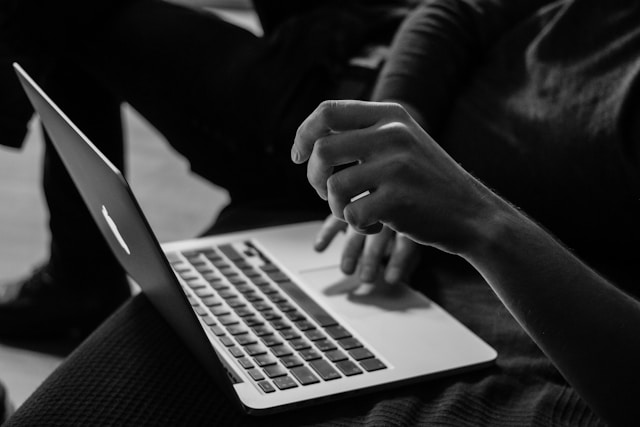In recent years, artificial intelligence (AI)-generated art has seen a rapid rise in popularity, with AI tools like DALL-E and Midjourney empowering creators to generate stunning, unique images. However, the growing use of AI in the creative process has sparked a significant debate: can AI-generated art be copyrighted? The answer isn’t clear-cut, and the controversy surrounding the issue raises important questions about the intersection of technology, creativity, and intellectual property law.
What is AI-Generated Art?
AI-generated art refers to images created using generative AI, a type of machine learning where the AI learns from vast amounts of data to produce new and unique works. These tools, like DALL-E and Midjourney, use algorithms to generate images based on prompts provided by the user. The output can be anything from surreal landscapes to photorealistic portraits.
The Legal Debate: Human Authorship vs. AI Creation
To qualify for copyright protection, a work must meet the requirement of human authorship—meaning that a human must contribute creatively to the creation of the work, as established in seminal cases like Burrow-Giles Lithographic Co. v. Sarony, 111 U.S. 53, 56 (1884). AI-generated art complicates this issue, as the AI itself, not a human, is the primary creator of the images. While humans may input prompts or tweak the final output, the question remains: does the mere involvement of a human in the process justify copyright protection for works generated by an AI system? As both the courts and U.S. Copyright Office have promulgated, it depends on whether there is a sufficient level of human creative input or intervention.
See Thaler v. Perlmutter, No. 23-5233 (D.C. Cir. Mar. 18, 2025); U.S. Copyright Office, Copyright and Artificial Intelligence, Part 2: Copyrightability (2025), https://www.copyright.gov/reports/ai-copyrightability.
Case Study: A Single Piece of American Cheese
In January 2025, a curious case surrounding the copyright of an AI-generated image, “A Single Piece of American Cheese,” garnered attention. Initially, the U.S. Copyright Office denied the application for the image, arguing that it lacked human authorship. However, after the copyright claimant, Invoke AI, subsequently provided credible evidence of human contribution, including a time-lapse video of the image construction, the Copyright Office reversed its decision, granting copyright protection for the image. The reversal hinged on unambiguous evidence demonstrating the human author’s significant control over the creative decision-making process —including multiple rounds of “inpainting” with prompts to generate specific new AI elements. The Copyright Office determined that the image contained “a sufficient amount of human original authorship in the selection, arrangement, and coordination of the AI-generated material that may be regarded as copyrightable.” Notably, the AI generated elements were excluded from copyright registration, but the overall image was protectable since it was sufficiently formed by human manipulation and direction. This image, created entirely with generative AI, is the first of its kind to be successfully registered for copyright.
What This Means for Future AI Art
The “Single Piece of American Cheese” case has broader implications for artists and creators who use AI tools. It suggests that while AI can play a central role in the creative process, copyright protection may still be possible if there is meaningful human involvement in the creation of the work.
As AI tools continue to evolve, future legal challenges are likely to test the boundaries of copyright laws of what exactly constitutes “enough” human involvement in the creative process, potentially reshaping how creative works are protected in the digital age.
Conclusion
While AI-generated art is a groundbreaking innovation, navigating the legal landscape of copyrighting these works remains complex. The case of “A Single Piece of American Cheese” sets an important precedent, but questions about the role of AI in creativity are far from settled. As technology progresses, it’s essential for creators to understand how to protect their works. Learn more about safeguarding your creative endeavors in this continuously evolving field.
Contributions to this blog by Kennedy McKinney.



